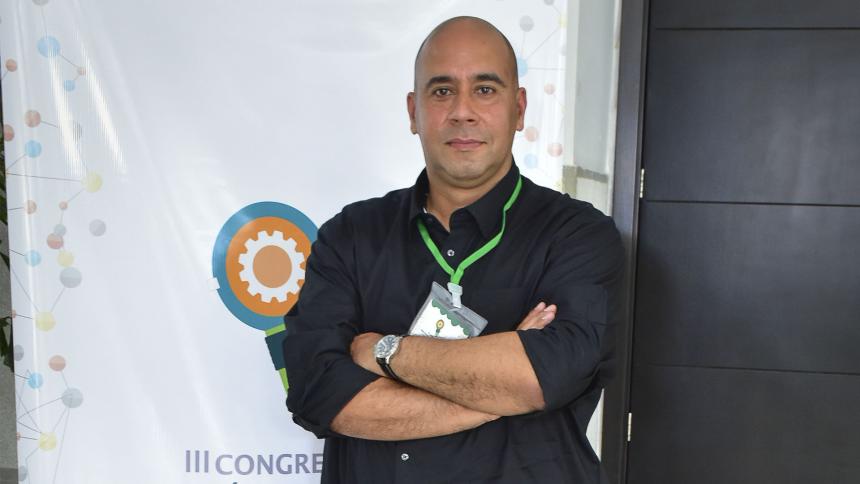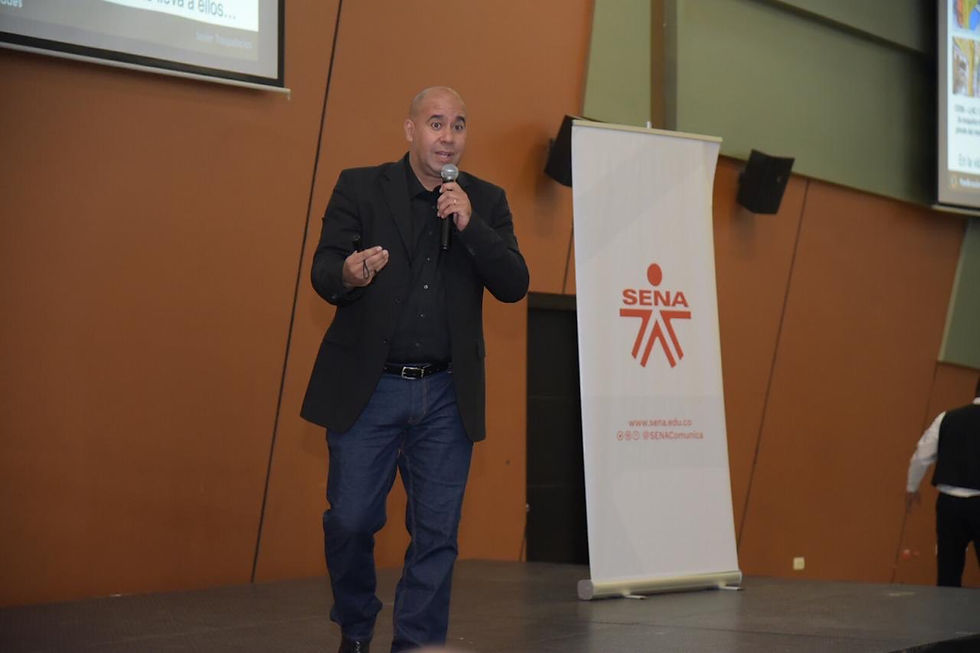Sustainable development expert Javier Trespalacios, from Switzerland
- Javier Trespalacios

- Nov 1, 2019
- 2 min read
Updated: Aug 6
In October 2019, a conference was held in the city of Barranquilla, delivered by Javier Trespalacios, a PhD student in sustainable energy planning for cities. The event brought together international experts and local authorities with the purpose of analyzing how to advance toward an energetically sustainable Barranquilla, applying sustainable development principles to improve the quality of life of its inhabitants.
Introduction
TEP is a strategic tool used in Switzerland to comprehensively plan energy in cities and regions. Its purpose is to guarantee stable supply, increase the use of local renewable energies, reduce greenhouse gas emissions, decrease dependence on fossil and nuclear fuels, and strengthen the socio-economic development of the territory.
Barranquilla conference Javier Trespalacios, sustainable energy planning for cities
Methodologies employed in TEP analysis
During the conference, the methodology established by Cité de l'Énergie, widely used in Switzerland, was presented:
Data collection from the Federal Register of Buildings and Dwellings (RegBL), which includes information on building use, year of construction or renovation, and energy characteristics.
Georeferenced analysis of energy demand and potential of renewable resources such as solar, biomass, geothermal and wind.
Development of strategic scenarios that combine energy efficiency with increased use of renewables, aligned with objectives like the "3×20": 20% less energy consumption, 20% less CO₂ emissions and 20% more renewables.
Representation of results through maps and GIS tools for better interpretation and decision-making.
Participatory processes were also highlighted, such as workshops with local authorities and the identification of regulatory, financial and communicative instruments that facilitate implementation.
Benefits of TEP planning for cities
During the meeting, key benefits of applying TEP were emphasized:
Reduction of CO₂ emissions through the utilization of local renewable resources.
Lower external energy dependence, with a model based on local energy production and management.
Improvement of territorial image through certifications such as Cité de l'Énergie.
Local socio-economic development, with job generation and activities linked to resource utilization.
Greater citizen participation by involving the community and key actors from the planning phase.
Conclusion
The experience shared by Javier Trespalacios in Barranquilla demonstrated that the Swiss TEP methodology is adaptable to the needs of growing cities. With a technical, participatory and results-oriented approach, it is possible to design strategies that reduce carbon footprint, improve energy efficiency and elevate the quality of life of the population.







Comments